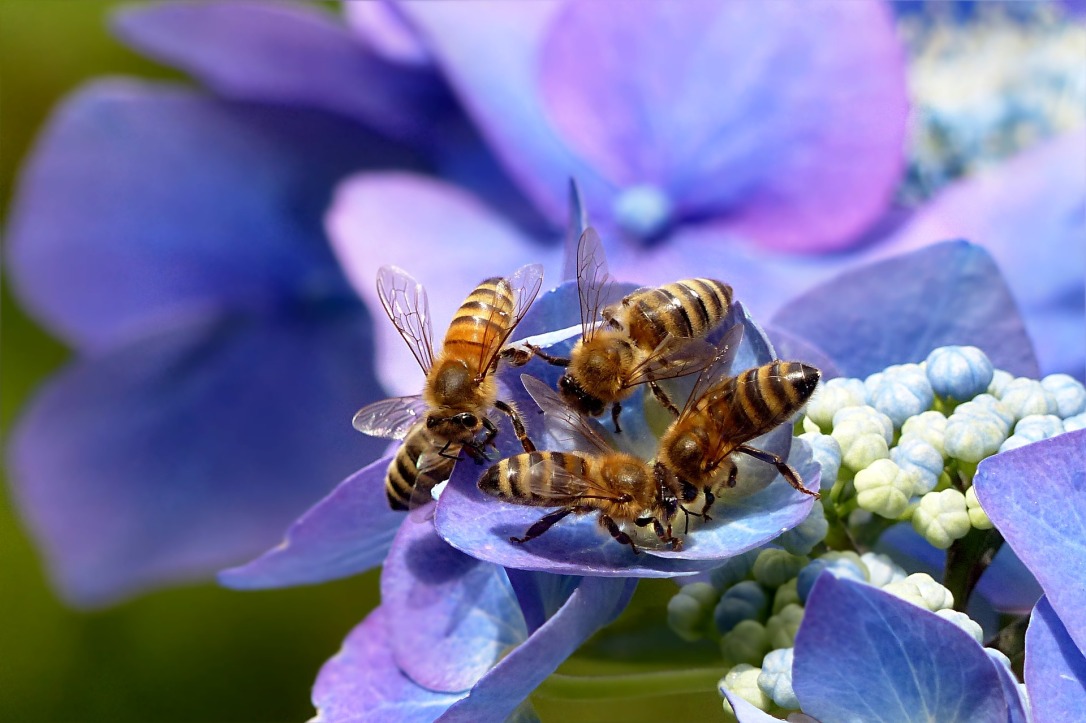
Entry Points: find a way to engage your students and hook them from the beginning. Find out what they know and what they are curious about!
Something Cool Introduce your students to the surprising ways that ecosystems are interconnected by watching the following videos and/or reading the following article together. After watching or reading, generate a list of “what-if” questions about plants, animals, and people in ecosystems to spur your students’ curiosity about the interrelatedness of species.
- How Wolves Change Rivers
- How Whales Change Climate
- “Herbivores can protect ecosystems from climate change” article
Something Funny
- Twitter awesomeness: check out #rateaspecies for some zoo hilarity! Zoos have been tweeting photos of their animals with Amazon-style reviews. Lots of great photos and information buried in these tweets. Caution: do preview and use discretion before showing as some tweets are not fully PG.
- Life Science Comics Use one of these punny comics to start conversation. Display a comic and discuss. What background knowledge do your students have? What experiences do they have? What vocabulary do they know? What do they wonder? Find more science comics here: http://unearthedcomics.com/
Something Important Happening in the News:
- The Importance of Bees: Check out what’s currently going on with honey bees. For several years the decline of the honey bee has been a source of major concern. Encourage students to research the causes and brainstorm the consequences of a declining bee population.
- Monarch Butterflies: You can read about the plight of monarch butterflies as well. If you’ve hooked students by investigating the importance of bees together, give them an opportunity to investigate monarch butterflies independently, asking them to draw some conclusions about the similarities and differences when comparing bees and monarchs.
- Oceans of Trash: Show a video to engage your students in thinking about the ways that people contribute to the devastation of ocean ecosystems with garbage. (Caution: please preview to ensure that the footage isn’t too graphic for your students).
Essential Questions: use these big picture wonderings to guide your students to deep understandings as you research, experiment, read, and create.
- What are organisms? What do they need?
- How are organisms impacted by their environment?
- How do organisms impact their environment?
- What factors (biotic and abiotic) are related in an ecosystem?
- What role do geography, weather, climate, plants, animals, people, transportation, development, and industry play in your environment? What other kinds of factors impact your environment?
- What kinds of changes impact your environment? Think about the characteristics of these changes (positive/negative, slow/fast, naturally occurring/human caused, etc.).
- How can we learn about past changes to ecosystems?
- What understandings can we develop by comparing fossils to present-day organisms?
- How can understanding your own ecosystem help you understand other ecosystems?
- When you understand changes in ecosystems and interconnectedness of factors in an environment, how might that change the way you think, speak, or act? What do you want others to know about changes in ecosystems and the interrelatedness of factors in an environment?
